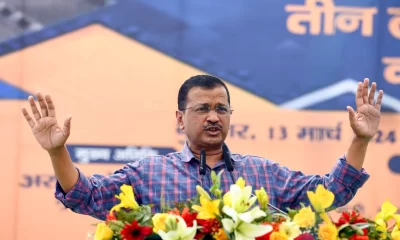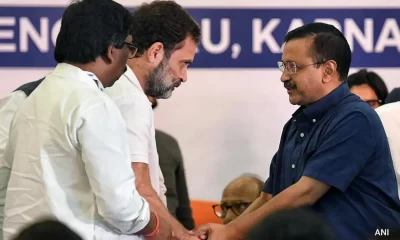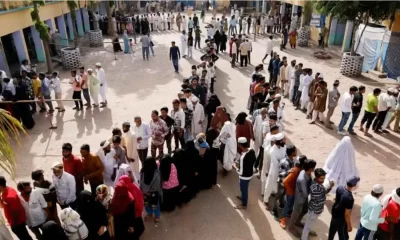China news
CHINESE ARMY WITHDRAWS AT 4 LOCATIONS
India will adopt a cautious approach with reference to the withdrawal by China’s People’s Liberation Army soldiers who had set off the stand-off at four locations in eastern Ladakh’s Galwan Valley and Pangong Lake.
India will adopt a cautious approach with reference to the withdrawal by China’s People’s Liberation Army soldiers who had set off the stand-off at four locations in eastern Ladakh’s Galwan Valley and Pangong Lake.
PLA has started troop withdrawal from the stand-off sites at three locations in the Galwan Valley and is in the process of dismantling some structures on Finger 4, one of the eight cliffs jutting out of the Sirijap range that overlooks the Pangong Lake.
The troop pullback till Monday evening was thinner, and slower at Finger 4 than the other locations, said an Indian military commander. “We need to keep track of the movements at Pangong Tso to arrive at any firm conclusion,” he said.
The army officer said PLA had been at a disadvantage in Galwan, Gogra and Hot Springs in terms of their military positions. In Pangong Tso, however, the situation favoured the Chinese since they had built a road up to Finger 4, he said.
Officials said the disengagement process was likely to be a gradual and calibrated process by both sides, with each point being negotiated by the military commanders on the ground.
China was the first to start thinning its troops at the site of the June 15 bloody clash that killed soldiers on both sides. Local army commanders quickly relayed the information to their superiors once they were able to establish a trend.
At just about 8.45am on Sunday, Indian Army chief General MM Naravane picked up the phone to inform Defence minister Rajnath Singh. Diplomats from the two countries touched base and by evening, they had fixed a quick video conference between National Security Adviser Ajit Doval and China’s foreign minister Wang Yi.
The conversation went on for about two hours. There were disagreements on who was to blame for the stand-off and the June 15 violence. But they had arrived at agreements on many points.
Doval told Wang that Beijing would need to restore the patrolling rights of the Indian army on these four points to ensure peace and tranquillity along the 1,597km Line of Actual Control.
Analysts insist that the litmus test of the success of the Doval-Wang conversation would be the restoration of the Indian patrolling rights on the north banks of the Pangong Lake.
Indian officials said the military buildup in the depth areas on both sides of the LAC would continue till the situation at the stand-off points did not settle down. India had mobilised thousands of soldiers, fighter jets, attack helicopters, tanks and artillery guns to respond to the Chinese mobilisation.
It was during the disengagement process that violence broke out on June 15, the worst clash between soldiers of the two countries in 45 years.
China news
India, China to hold ninth round of military talks today to resolve Ladakh border standoff
In a bid to end the standoff at Ladakh border, India and China will be engaging in ninth round of military level talks.

India, China will be holding ninth round of Corps Commander-level talks on Sunday to discuss the situation at Line of Actual control (LAC) in eastern Ladakh. XIV Corps commander Lt General PGK Menon and South Xinjiang Military Region commander Major General Liu Lin will be holding the discussion at Border Personnel Meeting (BPM) point in Moldo. During the talks, a representative of Ministry of External Affairs will also be present. according to reports.
India had earlier sent a memo to China following which the date of the talks was fixed. Around 50,000 troops from each side have been deployed in the region for an indefinite period while no dialogue has taken place at the senior level for a long time. The last round of military talks between the two countries was held on November 6 during which both the sides discussed disengagement of troops from specific friction points.
The standoff between India and china has entered ninth month with heavy deployment of troops from both sides. Earlier in an interview with a television channel, Defence Minister Rajnath Singh had said India will not reduce its troop strength till China takes the initiative.
The tensions between the countries started flaring up when 250 soldiers from India and China had a face-off along the northern bank of the Pangong Lake. The face-off even resulted in stone-pelting around the area. The violent clashes resulted in injuries to the soldiers.
According to officers, no major breakthrough has been achieved so far despite several round of talks as both the sides are adamant on their demands. While, China wants India to vacate the heights in the Chushul sub-sector, India has insisted that a resolution would be possible only after taking into account all the friction points.
China news
INDIA, CHINA DISCUSS WAYS TO DE-ESCALATE
Reacting to the another round of diplomatic dialogue held between India and China on Thursday, the Ministry of External Affairs said that the two countries agreed to resolve the outstanding issues in an expeditious manner and in accordance with the existing protocols.
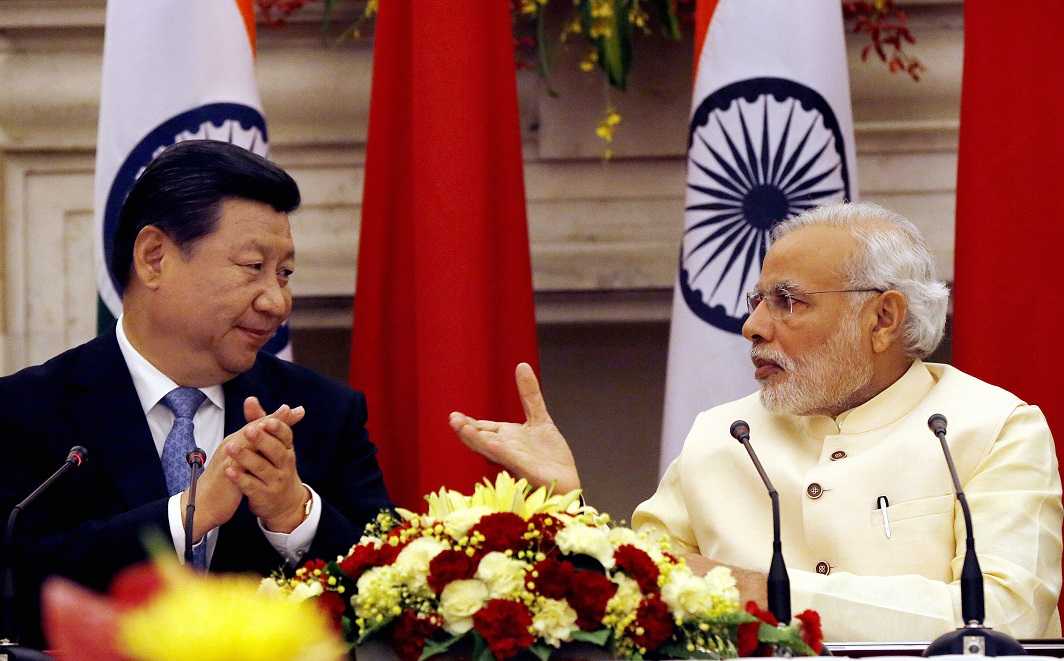
Reacting to the another round of diplomatic dialogue held between India and China on Thursday, the Ministry of External Affairs said that the two countries agreed to resolve the outstanding issues in an expeditious manner and in accordance with the existing protocols. India had in the last meeting too emphasised on the need for expeditious and complete disengagement along the LAC. The special representatives, NSA Ajit Doval and Chinese foreign minister Wang Yi, had last spoken on July 5, after which there was disengagement in the Galwan and Gogra Hot Springs area but then it came to a halt.
The Chinese foreign ministry in its statement said India and China “positively evaluated the progress” made in the disengagement of troops, had a “frank and in-depth” exchange of views on remaining issues on the ground and enhanced “mutual understanding”.
“The two sides agreed to conscientiously implement the consensus reached between the two foreign ministers and the special representatives on China-India boundary question, continue to maintain dialogue and communication through military and diplomatic channels, further cool down the border situation, properly handle the remaining issues on the ground, and jointly maintain peace and tranquillity in the border areas,” the Chinese readout said.
Read Also: VACCINE BY YEAR-END : HARSHVARDHAN
This was the 18th meeting of the Working Mechanism for Consultation and Coordination on India-China Border Affairs.
China news
INDIA MAY TAKE FRESH ACTION ON ECONOMIC FRONT AGAINST CHINA
With the People’s Liberation Army is still holding forward positions on Pangong Tso and Gogra-Hot Springs area of Ladakh
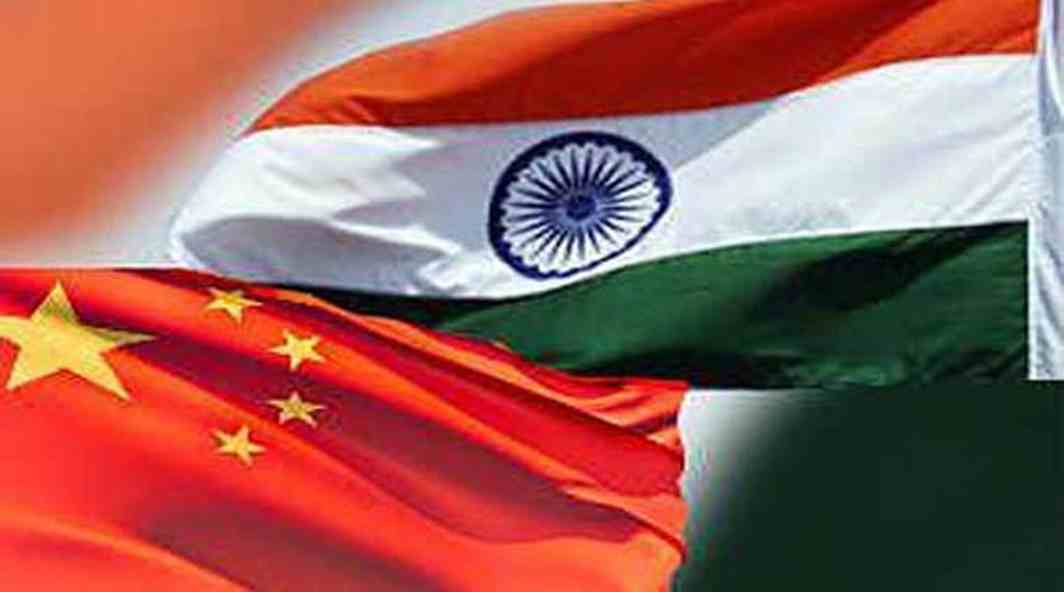
With the People’s Liberation Army is still holding forward positions on Pangong Tso and Gogra-Hot Springs area of Ladakh and showing no signs of a promised de-escalation, the Narendra Modi government is contemplating further action against China on economic front to drive home the message that India means business.
According to senior government officials familiar with the matter, the apex China Study Group (CSG) met on Monday to discuss the PLA action on the ground in Ladakh and its military posture in occupied Aksai Chin region of Tibet. The CSG, which has India’s senior most ministers, military leaders and bureaucrat as members, is the body that recommends the country’s course on action with China.
While China wants India to normalize diplomatic relations on an as-is-where-is basis, the Modi government firmly believes that anything short of status quo ante in Ladakh sector is unacceptable with a cost attached to it. Despite being the aggressor, the PLA believes that its troops are well within it own perception of the Line of Actual Control (LAC) in Ladakh. Thus, it is holding on to the positions at both Gogra-Hot Springs as well as the green top of finger four feature of Pangong Tso lake while making unacceptable demands on Indian Army posts.
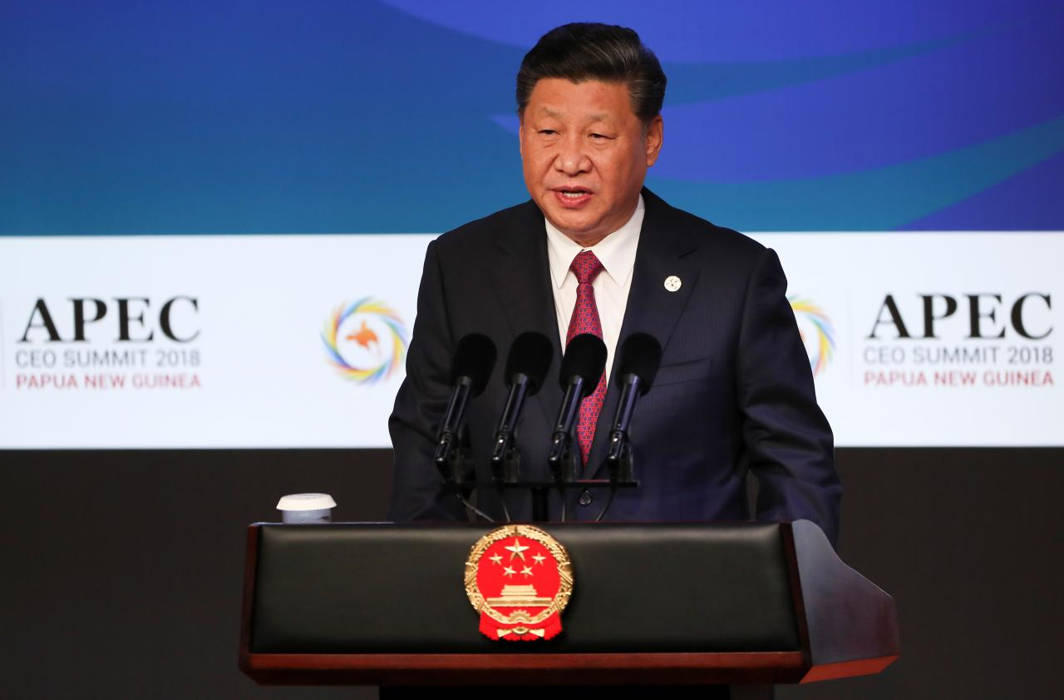
According to officials, the Indian Army has been asked to remain in forward positions along the 1597 km LAC in Ladakh. On July 5, the Indian Special Representative on boundary dialogue spoke to his Chinese counterpart for more than two hours .
Also read: PLA still at LAC, India plans new ways to counter China’s wolf-warrior diplomacy
The two decided that both sides fully disengage and then de-escalate but a month later, the situation has reached a stalemate with the Chinese offering a diplomatic face-saver to India without any corresponding withdrawal on the ground.
Read Also: COVID CASES DECLINE, LOWEST TALLY OF DEATHS, OVER 55 K CASES IN 24 HRS
Now that the US has taken action against Huawei and its supporting entities for spying, it is quite evident that India will also keep the Chinese communication and power companies out of any future projects. The Modi government is clear that the bilateral ties are directly linked with the border peace and will not allow them on a parallel track as in the past.
-
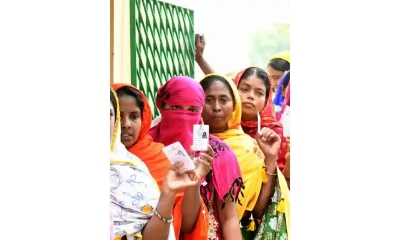
 2024 Lok Sabha Elections13 hours ago
2024 Lok Sabha Elections13 hours agoPrime Minister Narendra Modi urges citizens to vote in record numbers as voting for first phase of Lok Sabha elections begins on 102 seats across India
-

 2024 Lok Sabha Elections11 hours ago
2024 Lok Sabha Elections11 hours agoKamal Haasan, Rajinikanth, Vijay Sethupathi, Dhanush vote in Chennai
-

 2024 Lok Sabha Elections12 hours ago
2024 Lok Sabha Elections12 hours agoLok Sabha elections 2024: Google Doodle marks the start of polls with index finger voting symbol
-

 2024 Lok Sabha Elections11 hours ago
2024 Lok Sabha Elections11 hours agoLok Sabha elections 2024: TMC, BJP workers clash in West Bengal’s Cooh Behar ahead of voting
-

 2024 Lok Sabha Elections10 hours ago
2024 Lok Sabha Elections10 hours agoLok Sabha elections 2024: Newly married couple cast vote in Jammu and Kashmir’s Udhampur, video goes viral
-

 Entertainment8 hours ago
Entertainment8 hours agoDo Aur Do Pyaar social media review: Social media users say Vidya Balan, Pratik Gandhi deliver standout performances in this adorable film
-

 2024 Lok Sabha Elections10 hours ago
2024 Lok Sabha Elections10 hours agoTamil Nadu BJP chief K Annamalai says party will sweep Karnataka and emerge victorious in Telangana, accuses DMK, AIADMK of influencing voters in Coimbatore
-

 Entertainment9 hours ago
Entertainment9 hours agoYami Gautam starrer Article 370 releases on Netflix today









